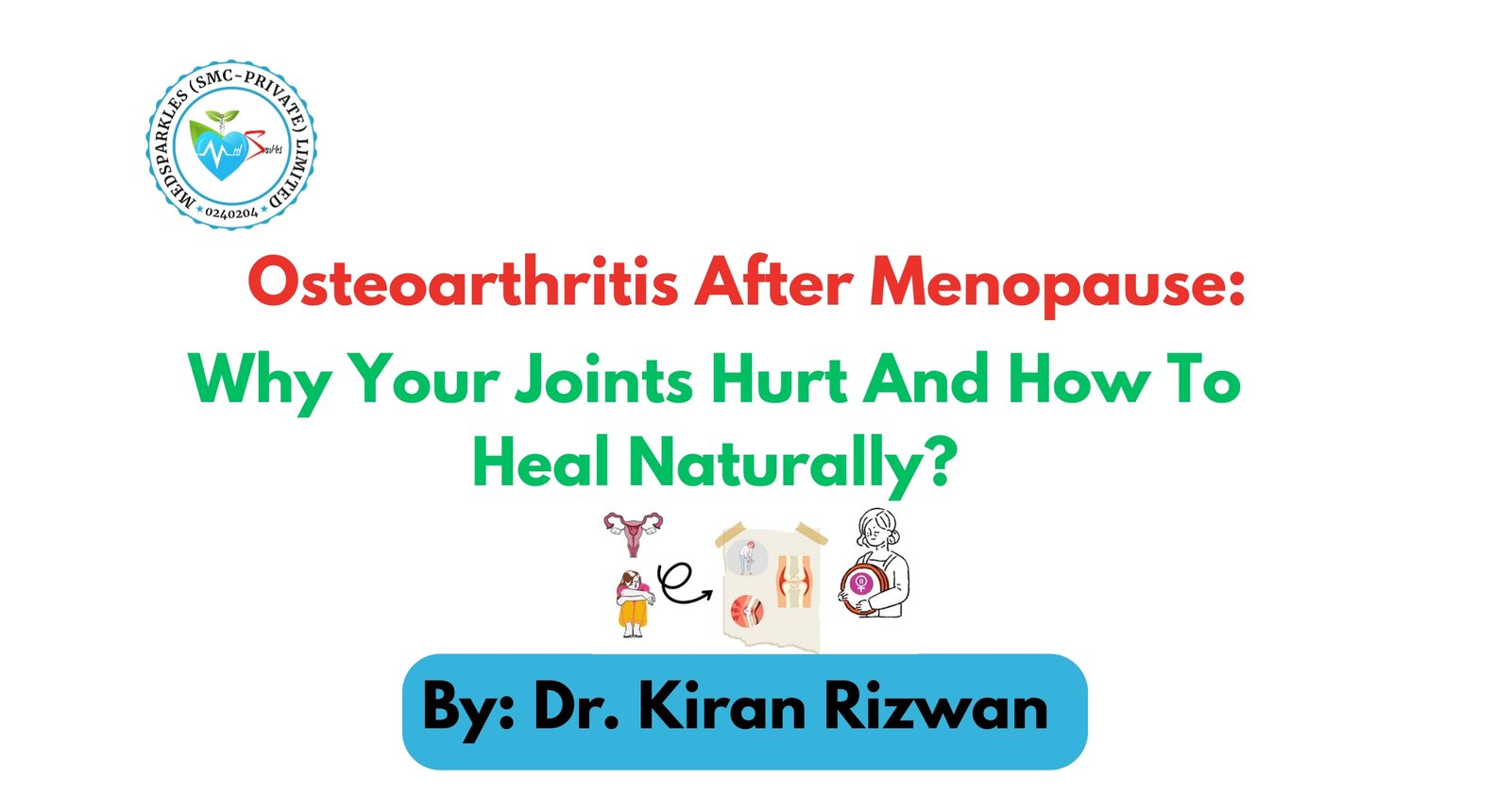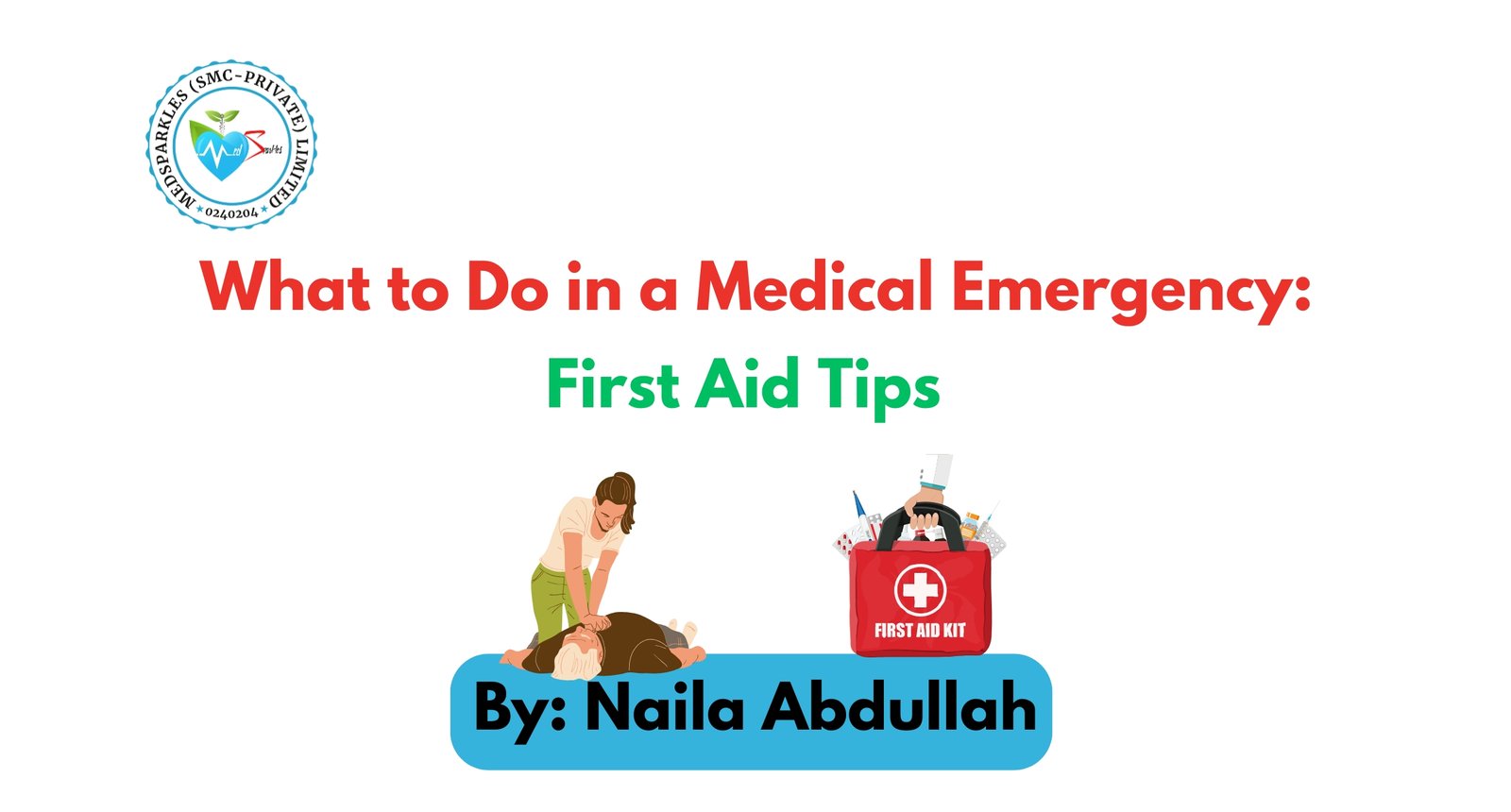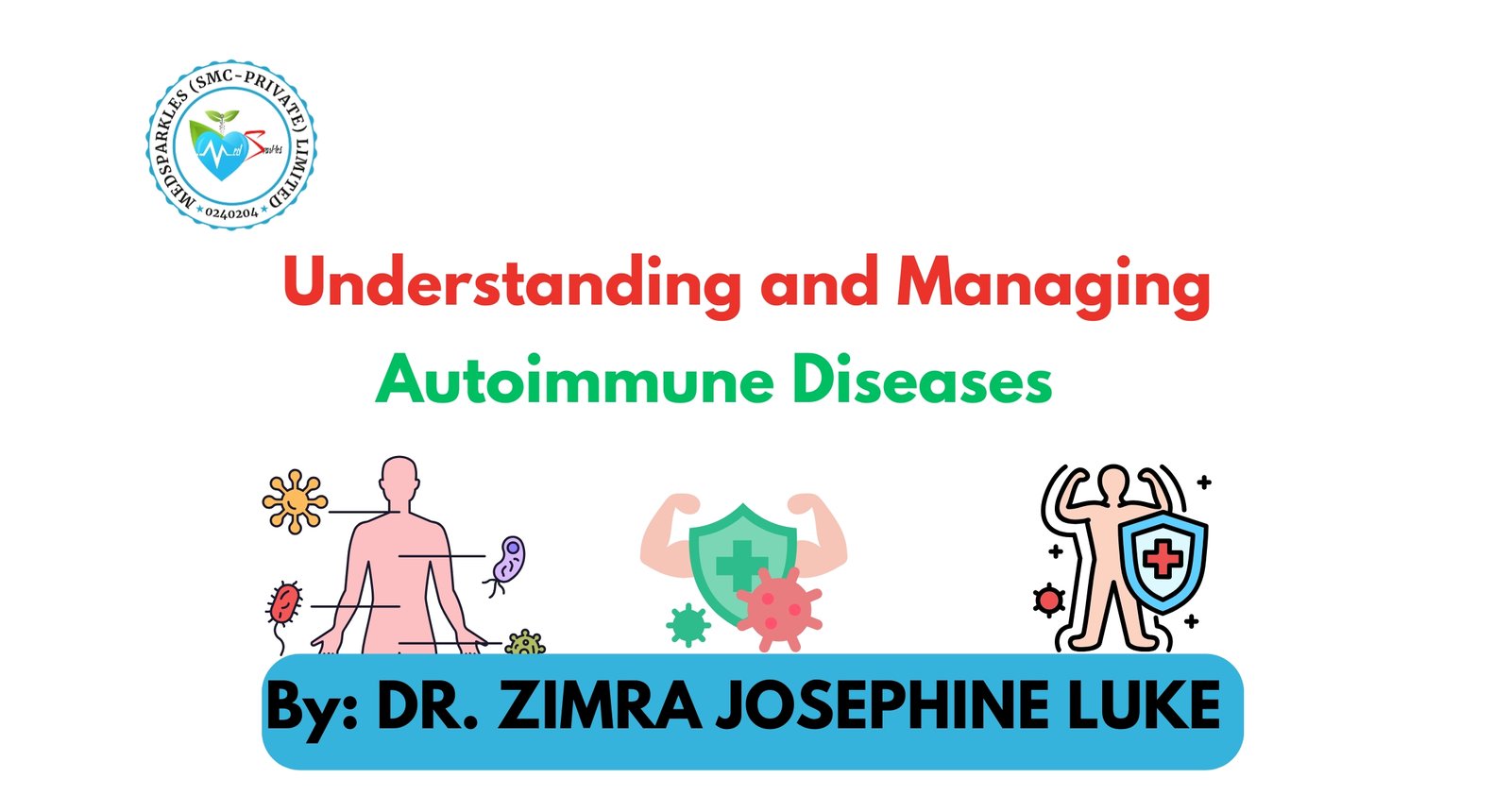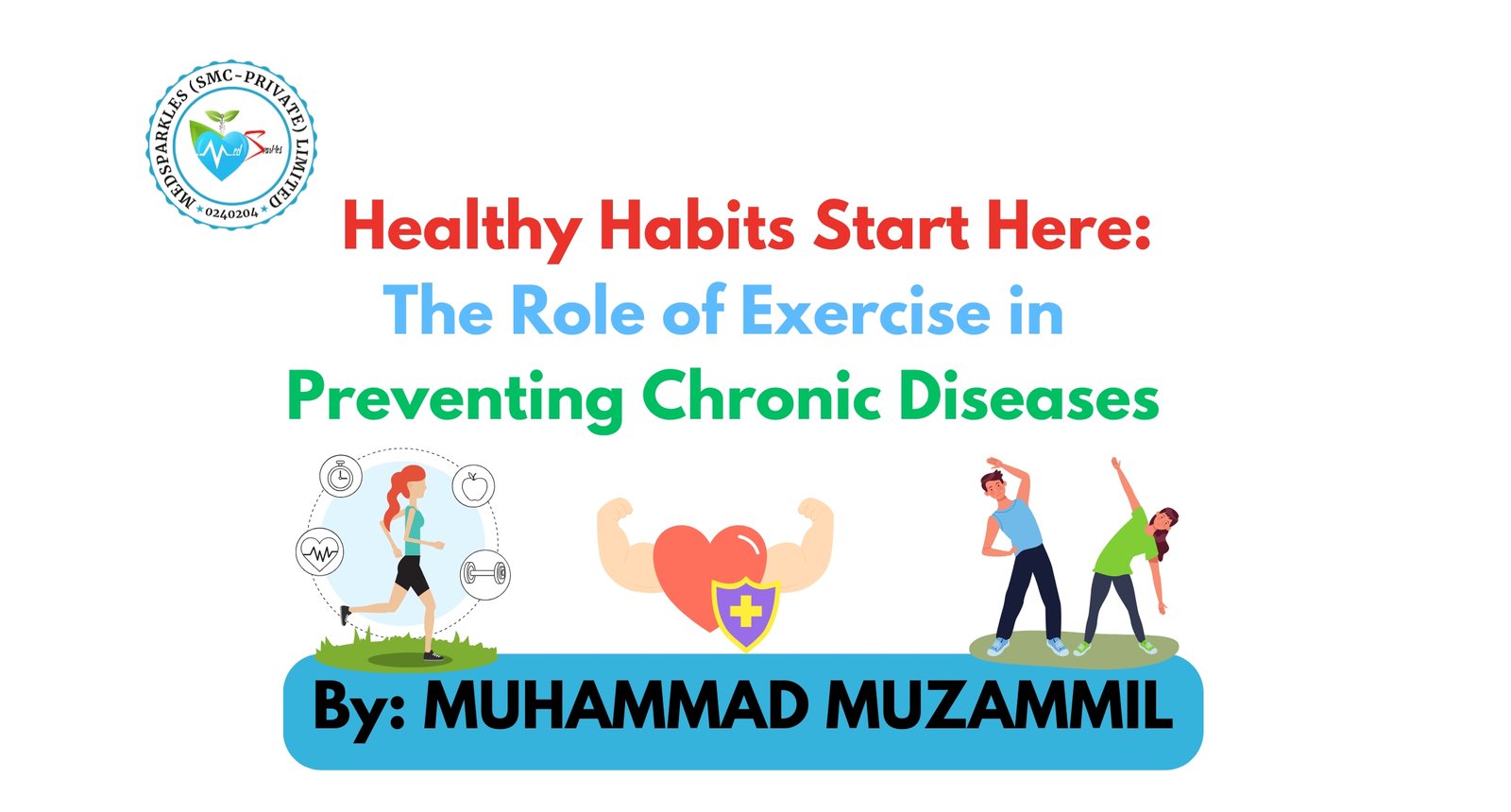Arthritis is a chronic condition that is an ongoing disease, mainly characterized by tenderness of bones, swelling, and stiffness, which can affect more than one joint. This disease is considered a chronic condition due to its symptoms, which persist for more than a year and worsen over time. In this article, you’ll get to know mainly about osteoarthritis associated with menopause.
Osteoarthritis:
This chronic, progressive degenerative disease, which is the most common form of arthritis, is considered as most endemic and debilitating disease. It is commonly known as *Wear and Tear* because with the passage of time, the protective coverage of bones called articular cartilage wears down over time. Additionally affects the subchondral bone, ligaments, capsule, and synovium. It targets hands, knees, hips, and spines.
TODAY’S RESEARCH ABOUT OSTEOARTHRITIS:
The underlying pathophysiology of osteoarthritis, according to research, is that it is not only due to articular cartilage that wears down over time, but also various joint structures and local inflammation.

DO YOU KNOW THAT THE MAJORITY OF WOMEN SUFFER FROM ARTHRITIS AFTER MENOPAUSE?
When women reach the last third of their lifetime, their reproductive cycle ends, commonly known as menopause.
WHY MENOPAUSE INCREASES OSTEOARTHRITIS RISK?
- Decline of estrogen level, which is imperative for bones and joint health, as it protects cartilage. This leads to bone density loss and joint degeneration.
- Weight gain after menopause increases joint load. Each 1 kg increase in body weight adds 3kg of pressure on the knee joint.
- Reducing physical activity leads to loss of muscle strength to support joints.
Today, many women experience unexplained joint pain after menopause.
SYMPTOMS:
- Affected areas: commonly affect smaller joints like fingers, wrist, feet, knees, elbows, and hips.
- Hallmark symptom: lasts longer for 30 minutes but is relieved with movement.
- Aches and Pain: feels like grinding and creaking
- Unpredictable hormonal changes: theintensity of pain varies throughout it

NATURAL REMEDIES AND MANAGEMENT TO PREVENT OSTEOARTHRITIS AFTER MENOPAUSE
Instead of moving to medicinal treatments, you should encourage natural remedies to prevent joint pain after menopause. Evidence-based natural remedies promote the natural body’s innate system healing, minimize inflammation, alleviate pain, and restore balance without solely relying on pharmaceutical interventions.
- ANALYSIS OF ROOT CAUSE: Instead of suppressing pain, you should analyze the root cause of joint pain, including hormonal changes, inflammation, and nutritional deficiencies.
- YOUR LIFESTYLE IS YOUR MEDICINE: If your lifestyle and daily habits are optimized, then you are safe from multiple chronic diseases. Focus on diet, exercise, stress management, and sleep cycle. These are potent tools for profound impact on joint health.
ANTI-INFLAMMATORY DIET:
Unprocessed foods rich in fiber, protein, and antioxidants:
- FRUITS AND VEGETABLES: Berries, cherries, leafy greens (spinach, kale), broccoli, bell peppers, and citrus fruits are packed with antioxidants that combat inflammation.
- OMEGA-3 FATTY ACIDS: Fish like Salmon, poultry, beans, and lentils. Plant-based sources include flaxseeds, chia seeds, walnuts, hemp seeds, and olive oil. There are main sources that contribute in producing anti-inflammatory agents in the body.
- WHOLE GRAINS: These must be included in your diet, like oats, brown rice, and whole-wheat products.
- LIMIT INFLAMMATORY FOODS AND STAY HYDRATED: Staying hydrated throughout the day by drinking at least 8 glasses of water. Limit the sugar and processed food. Add ginger, garlic, turmeric, and anti-inflammatory agents to your diet.
LIFE-STYLE MODIFICATION:
Lifestyle modification plays a vital role in achieving better health outcomes. Some of them include:
- PHYSICAL EXERCISES: Low-impact aerobics like walking for 30 minutes to 1 hour daily to improve cardiovascular health and mood.
- YOGA: Reducing stress is an essential part. Add meditation and yoga to your daily habits to achieve mindfulness and reduce stress.
- SLEEP CYCLE: For the body’s repair process and regulating pain perception, quality sleep plays a vital role. Limit screen time 1 hour before going to bed and sleep for 7-8 hours.
HOMEREMEDIES:
- LOCALIZED EFFECT: Heat press relaxes the stiff muscles, and cold press reduces the numbness and inflammation.
CONCLUSION:
Menopause is not just the end of a reproductive phase-it’s a new beginning for self-care and body awareness. Arthritis is one of the conditions most women suffer especially after menopause. This is due to the decline of estrogen, which increases the risk of osteoarthritis. With the right balance of clinical guidance and lifestyle choices, women can protect their joints, strengthen their bones, and continue to live actively. Incorporating anti-inflammatory foods, staying physically active, minimizing stress, and practicing mindfulness or yoga can make a powerful difference. Clinical evidence shows that these practices not only reduce inflammation but also promote well-being.
Women should not fear aging after menopause, but embrace it with proper care.
Prioritizing self-care is not selfish; it’s essential.
FREQUENTLY ASKED QUESTIONS (FAQS)
1: Why does menopause increase the risk of osteoarthritis?
During menopause, estrogen levels drop. Estrogen helps protect joint cartilage and maintain bone strength. When this hormone decreases, joints become more vulnerable to wear and tear, leading to osteoarthritis, especially in the knees, hips, and hands.
2: Is joint pain during menopause common?
Yes! Many women experience stiffness, swelling, or mild pain in their joints during or after menopause. These symptoms are linked to hormonal changes, inflammation, and sometimes weight gain.
3: Can natural remedies really help osteoarthritis caused by menopause?
Yes. Evidence shows that lifestyle changes like regular exercise, anti-inflammatory diets, and weight management can significantly reduce pain and stiffness.
4: What type of exercise is best for menopausal women with osteoarthritis?
Low-impact exercise is safest and most effective. Try walking, swimming, cycling, yoga, or stretching. These improve flexibility, strengthen muscles, and reduce pressure on the joints.
5: Can osteoarthritis be reversed?
Not fully reversed, but progression can be slowed. Early diagnosis, regular movement, and a healthy lifestyle can prevent severe joint damage.
6: What foods should I eat and avoid?
Eat more: fatty fish, olive oil, green leafy vegetables, berries, turmeric, nuts, and seeds.
Avoid: Processed foods, red meat, sugary drinks, and refined carbohydrates-all of which can worsen inflammation.
7: Do I need to take hormone replacement therapy (HRT)?
HRT may help certain women by restoring estrogen, which can protect cartilage. However, it’s not suitable for everyone. Always discuss doctor before starting any therapy.
8: When should I see a doctor?
If pain is persistent, swelling increases, or mobility becomes limited. Early medical help can prevent long-term damage.







